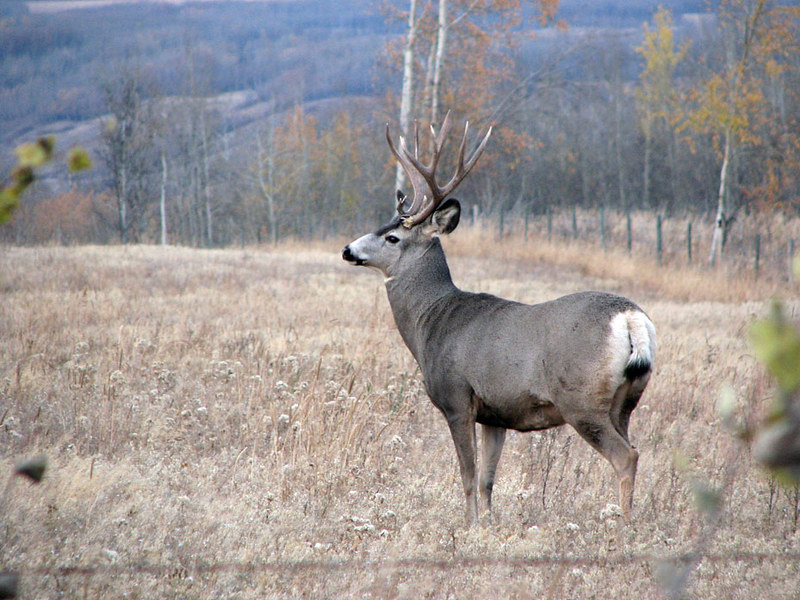
The Utah Division of Wildlife Resources (DWR) last week confirmed the first case of chronic wasting disease (CWD) in Payson, located in Utah County in the central part of the state.
The confirmed case was 1 of 26 positive CWD cases, including 25 deer and one elk, identified from July 1 to November 28. Most of the cases were from the northeastern part of the state, but Payson is a new area for CWD, DWR officials said. Eighteen of the animals were harvested by hunters, five were found dead, and three were sick animals that were euthanized by the DWR.
Disease appears to be spreading
"We can't accurately compare each year's positive cases to determine how fast the disease is spreading because we sample different areas of the state each year that have different prevalence; alternatively, we compare each unit from year to year," DWR State Wildlife Veterinarian Ginger Stout, DVM, said in a DWR press release. "However, we are finding the disease in new areas, so unfortunately, it does appear to be spreading in Utah."
CWD was first detected in a mule deer in northeastern Utah in 2022. A total of 188 mule deer and four elk have tested positive for the disease, which is a fatal neurologic condition found in deer and other cervids. Caused by misfolded proteins called prions, CWD is similar to bovine spongiform encephalopathy ("mad cow" disease).
Although no human cases of CWD have been found in Utah or elsewhere, infected cervids can shed prions in urine, feces, and saliva, and transmission may occur through direct contact with an infected animal or indirectly through environmental contamination. Health officials urge people to avoid eating the meat of infected animals and to take precautions when field-dressing or butchering cervids.









